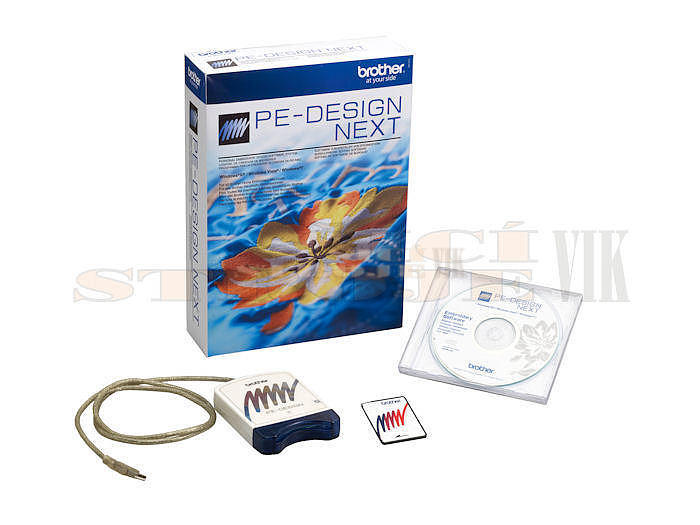
Remember, large group activities lend themselves more to social comparisons, and also make it more difficult to give individual feedback regarding performance. These may be self, partner, small, or large group activities. The games that students play should allow for maximal practice opportunities and focus on the cues learned in the prior phase of the lesson. The next part of the Lesson Focus can be more game like.

You may only want to spend 5-10 minutes in this phase of the lesson (of course this is dependent upon what you are teaching and how the students are doing). This segment of the lesson focus should have a brisk pace. Note: It may look like the table above got cut off at the bottom. Middle and high school students are heavily into social comparisons at this time, and we should not compound this problem by magnifying it by the design of our lessons. Students will improve if they focus on their own individual skill development versus comparing themselves to their peers. **It is extremely important during this part of the lesson to focus on individual skill development by using the cues for feedback. A highly skilled student might go through these 5 in 2-3 minutes, whereas a less skilled individual may continue to work their way up to application #2 in 5 minutes. It is by no means complete, but gives you an idea of how this might be approached at this level. Move around the room and give different groups different tasks based on what you are observing.īelow you will find an example of this in a format that should look very familiar to you. Shoot for middle of the road, and vary the tasks to meet the needs of the more and less skilled. Take this into account by having numerous tasks, refinement cues, and extensions of tasks. Teach one cue at a time and keep a brisk pace so that students do not become bored. You have a skill that you would like to focus on and teach for the day. The next part of your lesson is: The lesson focus!
.PE DESIGN 10 HOW TO
What is one of the most exciting ways to score points in a volleyball game? That's right, spiking! Today we are going to learn and practice how to spike the volleyball so that we too can score this way.
.PE DESIGN 10 TV
Have you ever watched volleyball in the Olympics? (If it is convenient for you show video of great volleyball match on a TV or have them look at it on their phones). Thus, it is time for a set inductionto engage their minds in your lesson.Įxample: Set induction for spiking (your lesson focus). You have your students where you want them now. These activities tend to motivate and energize the class, and usually take 2-3 minutes. This part of the lesson may or may not relate to the lesson focus which is coming up next. You will notice that this activity has nothing to do with volleyball. Find another pair and see if you can pull 4 up at one time. Clasp wrists and see if you can pull each other up at the same time. You can now do a group instant activity that is fun and gets the students communicating and engaged in your lesson.Įxample: Instant Activity: Partner pull-up Use only bumps, any other kind of hit and you must start over on your record. If you feel successful with this find one or two other people and go for a record bumping back and forth. Find a spot on the wall and see how many consecutive bumps you can get to hit this spot (may want to put targets up). They are posted on the wall just in case you forget. Focus on the cues: elbows locked, hands together, and thumbs pointed at the floor.

Please take a ball and practice your forearm bump to yourself. Put instructions on the wall that go something like this:

You can take roll as students straggle in, and be ready for a traditional instant activity when the bell rings as all students are supposed to be in the gym by a certain time or by the bell. Have some simple tasks for the students to do that may be interesting to them, and can be done alone or in twos or threes. Students will often times straggle in from changing in the locker rooms, therefore a traditional instant activity at this time may be highly ineffective. It is understood that this may not work in all situations and environments. The following is a suggested outline for a middle or high school lesson that may be helpful to those in certain teaching situations or conditions. Unfortunately, this practice can eat up time in which students could be active, warming up, or mentally preparing for a lesson. This format makes it convenient to take roll and organize students into teams, etc. Typically, middle/high school teachers have students sit in squad lines after dressing for PE.

Purpose of Activity: To share a lesson plan guide to help middle/high school teachers better plan for their lessons. Lesson Plan Guide for Middle/High School PE


 0 kommentar(er)
0 kommentar(er)
